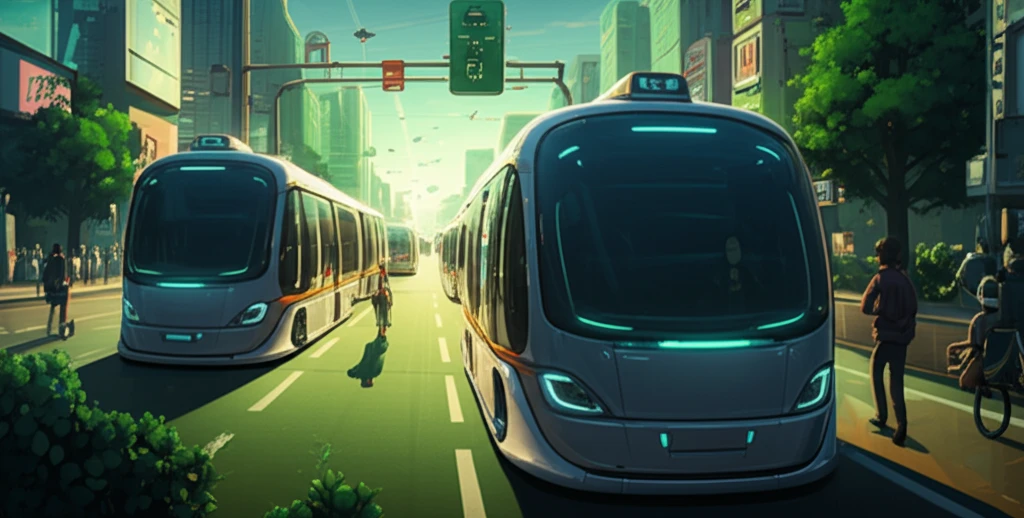
Ditch the Driver, Keep the Freedom: How Transit Leaps Can Revolutionize Your City
"Imagine a city where getting around is effortless, eco-friendly, and affordable. Transit leap theory offers a staged approach to driverless public transport that could transform our urban lives. Is this the future of mobility?"
Are you tired of traffic jams, expensive gas, and the endless search for parking? Imagine a world where getting around your city is seamless, affordable, and environmentally friendly. This vision might seem like a distant dream, but a compelling theory called 'transit leap' offers a practical roadmap for transforming our urban transportation systems.
Transit leap theory, detailed in academic research, proposes a staged introduction of driverless passenger systems into public transit. The core idea? Instead of trying to overhaul everything at once, cities can gradually integrate autonomous vehicles into specific applications, starting with underserved areas and slowly expanding the network. This approach promises to revolutionize how we move, offering benefits for individuals, communities, and the planet.
This article breaks down the key concepts of transit leap theory, exploring its potential benefits and addressing potential challenges. We will examine real-world examples of cities and communities already experimenting with this approach, and consider how transit leap can shape a more sustainable and equitable future for urban mobility. Get ready to explore a future where your daily commute could be transformed.
The Vision: Staged Automation for Urban Mobility

The traditional approach to transportation often focuses on personal vehicles, leading to congestion, pollution, and reliance on fossil fuels. Transit leap theory offers a compelling alternative: a carefully planned transition to shared, autonomous public transportation.
- First-and-last-mile connections: Providing efficient transportation between residential areas and public transit hubs.
- Low-density environments: Serving areas where traditional bus routes are inefficient.
- Traffic-calmed zones: Deploying autonomous shuttles in areas with slower speeds and pedestrian-friendly design.
- Gradual Expansion: Expanding and linking service areas as technology improves and public acceptance grows.
Real-World Examples: The Future is Now
While transit leap theory might sound futuristic, elements of it are already being implemented in communities around the world. These early adopters provide valuable insights and demonstrate the feasibility of this approach. By embracing transit leap, cities can pave the way for a future where mobility is more efficient, sustainable, and accessible for all.
